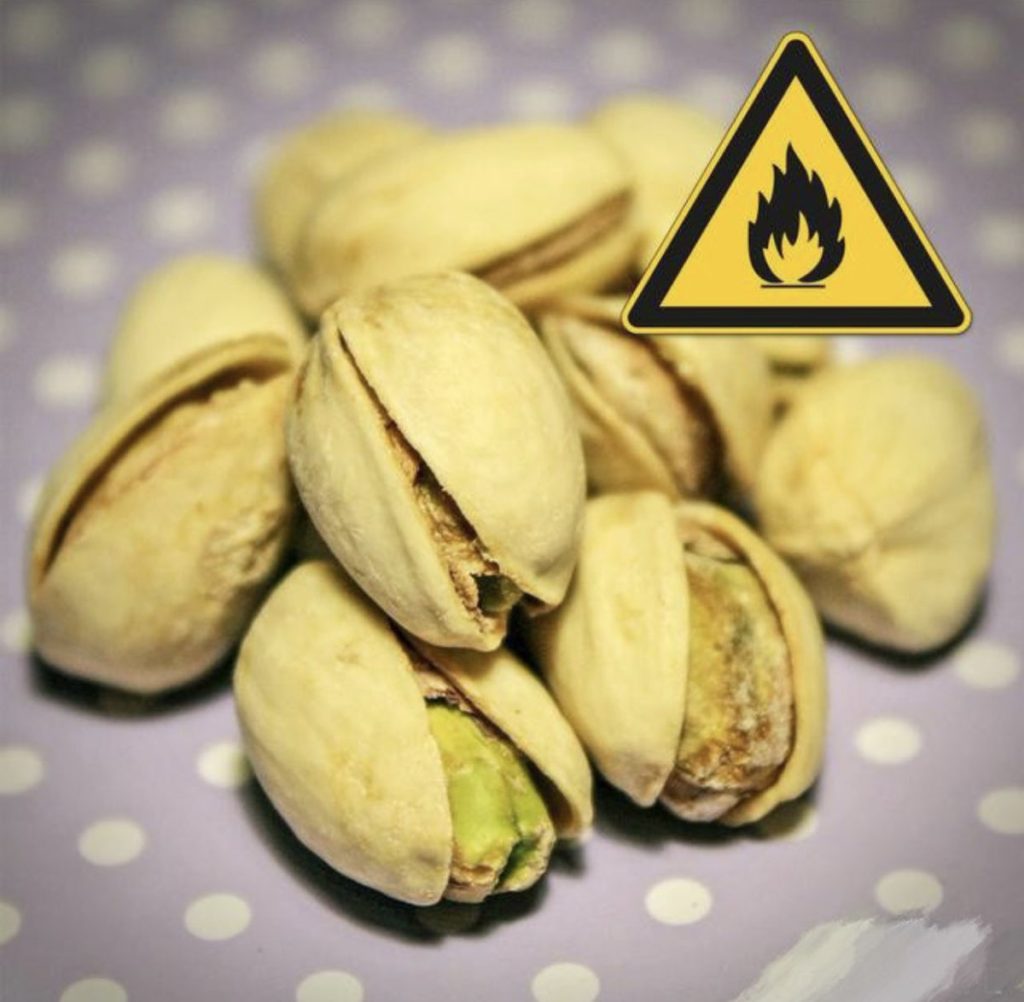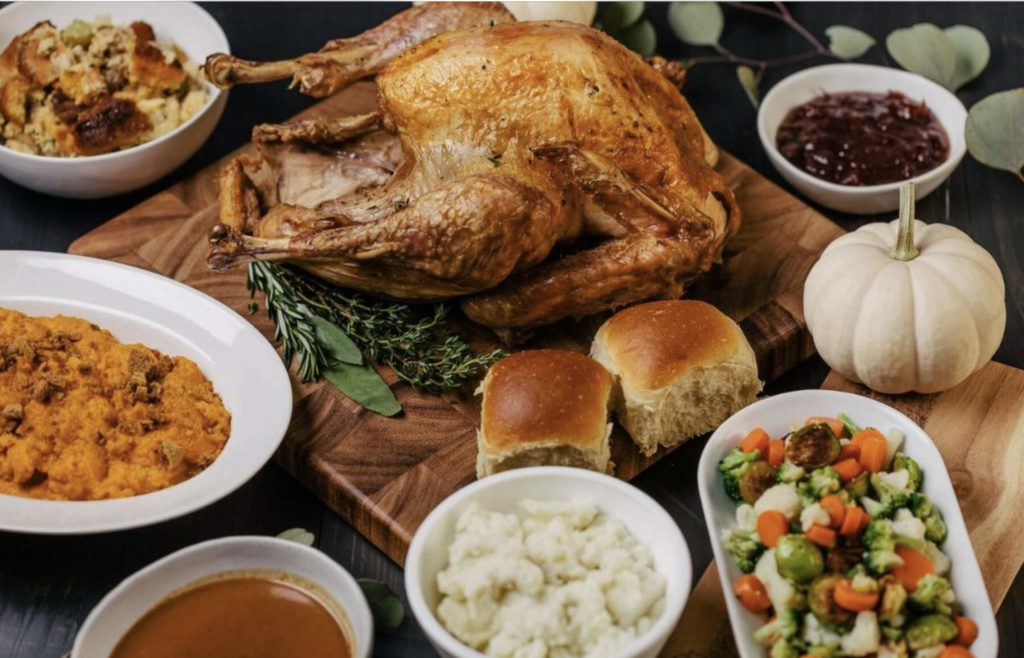Pistachios can spontaneously combust.
It turns out there’s a price to pay for how good pistachios are: Under the right circumstances, they can spontaneously combust. Everyone’s favorite shelled nut is especially rich in fat, which is highly flammable. Thankfully, that only becomes a problem when pistachios are packed too tightly during shipping or storage. It’s important to keep the nuts dry lest they become moldy — but if they’re kept too dry and there are too many of them bunched together, they can self-heat and catch fire without an external heat source.
Though exceedingly rare and easy to avoid if the proper instructions are followed, pistachio self-combustion is a real enough concern that the German Transport Information Service specifically advises that pistachios “not be stowed together with fibers/fibrous materials as oil-soaked fibers may promote self-heating/spontaneous combustion of the cargo.” Don’t worry, though: It won’t happen in your pantry with just a few bags, which means you can indulge in the nut of your dreams without worrying about their flavor becoming unexpectedly smoky.



